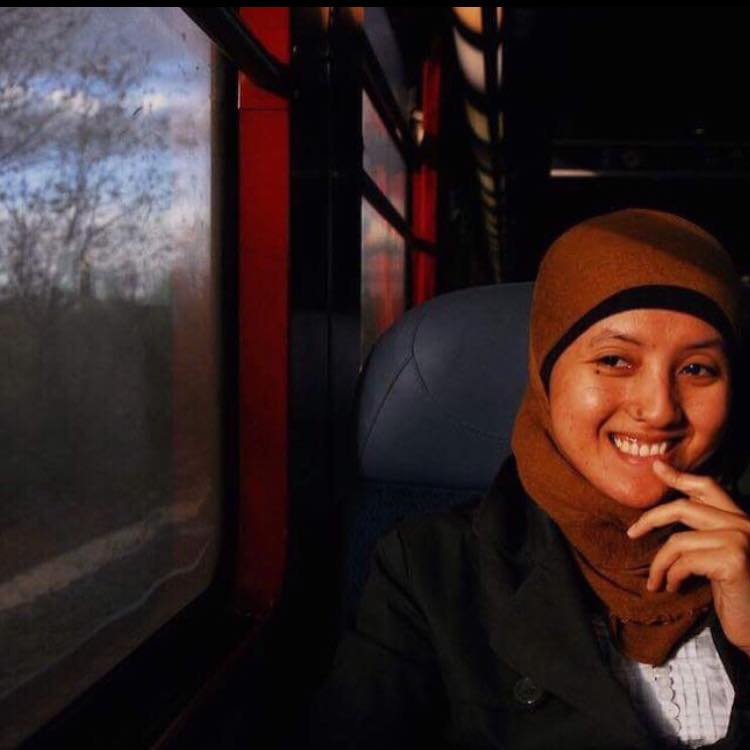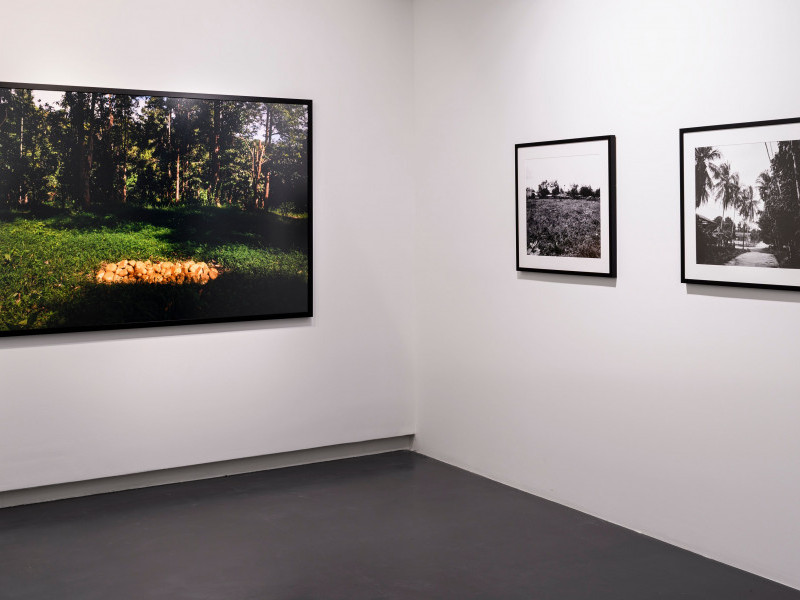

Biography
Ampannee Satoh’s work examines cultural identity, nation state, faith and individuality by bringing focus to traditional subjects in the Pattani region of Thailand, her homeland. Her work comprises a wide range of mediums, including photography and video.
Among Satoh’s solo exhibitions are The light 24:31, Patani Artspace, Pattani, Thailand (2018); Lost Motherland, A+ Works of Art, Kuala Lumpur (2018); Pondok, In_t_af Gallery, Pattani (2015) and Burqa 2010, Kathmandu Photo Gallery, Bangkok (2011). Her work has also been shown in group exhibitions such as Re/form/ing Patani, Bangkok Biennial (2018); A Beast, a God, and a Line, Museum of Modern Art, Warsaw; TS1 Yangon, Myanmar; Para Site, Hong Kong and Dhaka Art Summit (2018); Patani Semasa, Ilham Gallery, Kuala Lumpur (2018); Kadang Kadang Dekat Dekat Akan Datang, A+ Works of Art, Kuala Lumpur (2017); Patani Semasa, MAIIAM Contemporary Art Museum, Chiang Mai, Thailand (2017); Semangat 10: Visual Expressions of Southeast Asian Identity, Galeri Petronas, Kuala Lumpur (2017); A Personal History of Visual Symbiosis, Chiang Mai University Art Center, Thailand (2016); Photography cannot lie (much), Bangkok Art and Culture Centre (2014); See Saw Seen 4, DOB Hualamphong Gallery, Thailand (2011) and Idols and Icons, Yavuz Fine Art, Singapore (2011).
Satoh’s work is part of the collection at the MAIIAM Contemporary Art Museum, Chiang Mai. She was awarded the First Prize for Photography in the Young Thai Artist Award, Bangkok (2007).
Satoh holds a BFA in Photography from Rangsit University, Thailand (2006); a certificate in Fine Art Photography from L’École Nationale Supérieure de la Photographie, Arles, France (2010) and an MFA in Visual Arts Education from Silpakorn Universtiy, Bangkok (2013).
Born in 1983 in Pattani, Thailand, she is currently based in Pathum Thani, Thailand.
SAF participation:
Sharjah Biennial 14
Related Content

Sharjah Biennial 14
Sharjah Biennial 14: Leaving the Echo Chamber

TUGU 1370: 1425(2018–2019)
Working in photography and video, Ampannee Satoh explores an era marked by the abolition of the Thai sultanate system by King Rama V (1853–1910) and his subsequent centralisation of power, which led to increased tensions between the dominant Buddhist society and the minority Malay Muslim community.
